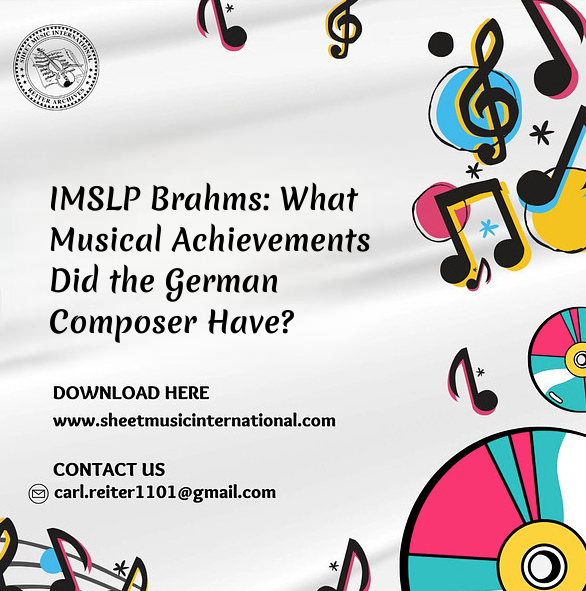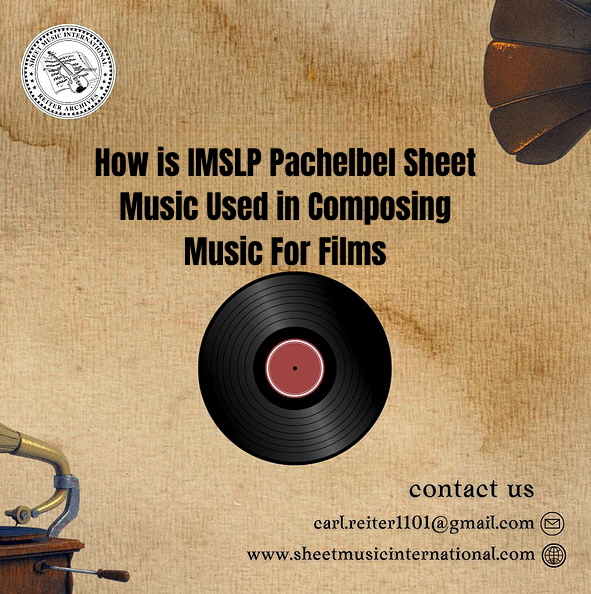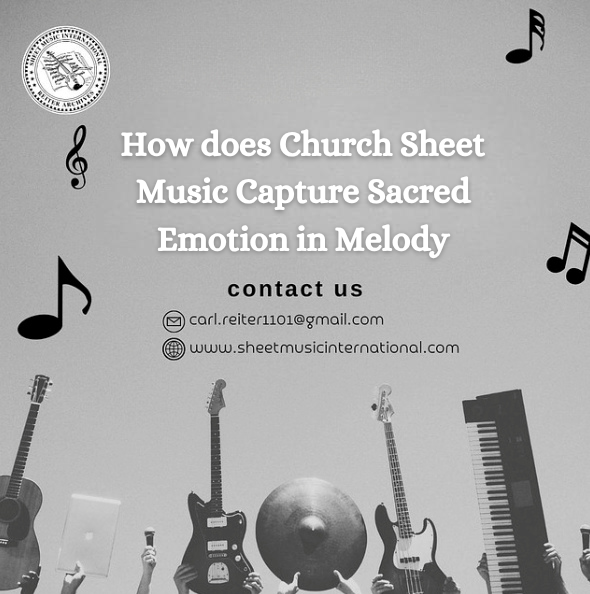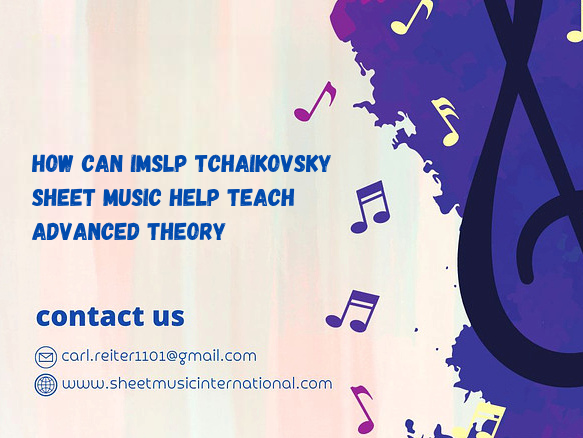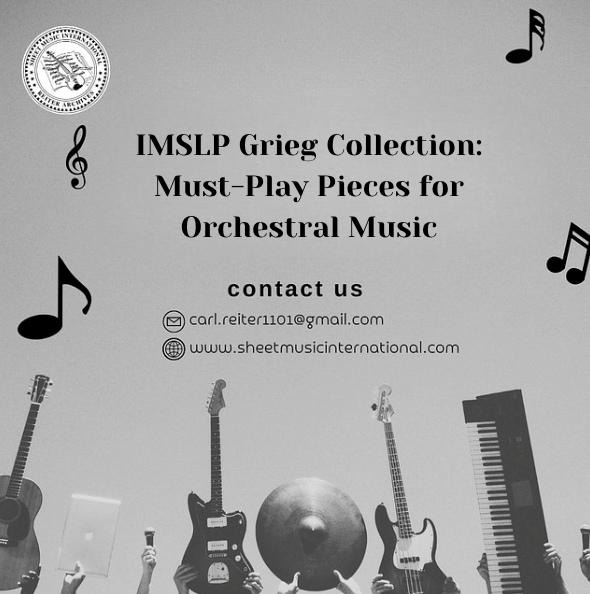
Your Request is under process, Please wait.

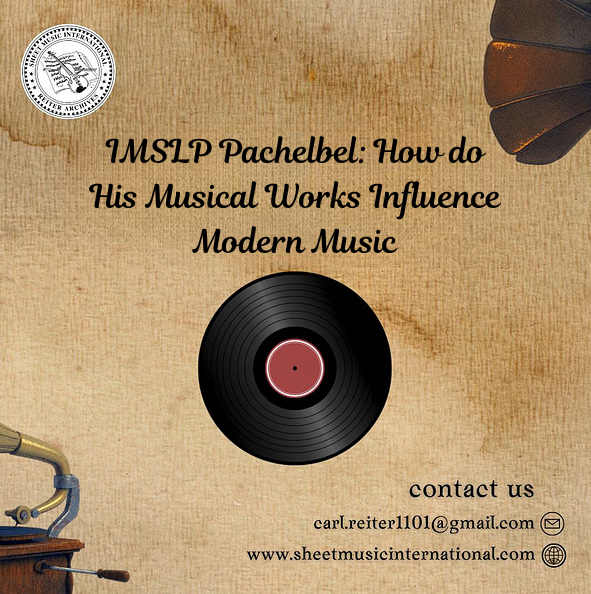
Johann Pachelbel was a renowned German composer, whose works are available in the IMSLP Pachelbel digital library of music to learn more about classical music. The talented composer is well-known for his immense contributions to keyboard music, especially for the organ, his unparalleled melodies, intricate counterpoint, and rich harmonies.
Johann Pachelbel was a renowned German composer, whose works are available in the IMSLP Pachelbel digital library of music to learn more about classical music. The talented composer is well-known for his immense contributions to keyboard music, especially for the organ, his unparalleled melodies, intricate counterpoint, and rich harmonies.
Here, you will learn about his early life and the way he had an effect on modern music.
The legendary composer Pachelbel was born on 1 September 1653 in Nuremberg, Germany, to Johann (Hans) Pachelbel and Anna Maria Mair, who was from a family of musicians. Pachelbel had an innate ability for music, and he learned his early music lessons from the two leading local instructors. The first one was Heinrich Schwemmer, who worked as an organist at the local church. Schwemmer provided Pachelbel with his early musical education. The other one was G.C. Wecker, who taught Pachelbel composition and instrumental performance.
Johann Pachelbel took admission to the University of Altdorf on June 29th, 1669. He attained the position of an organist for the Lorenzkirche there, too. Within less than a year, he was compelled to leave the University, as his father was unable to support him. Pachelbel most likely enrolled in the Gymnasium Poeticum at Regensburg in 1670. This was made possible due to his striking academic attainments, which helped him attain a scholarship above and beyond the institution’s standard quota. Aside from that, he was given permission to study music outside of the gym with Kaspar Prentz. Pachelbel most likely studied the musical works created by Italian composers under Prentz.
Pachelbel began to work for Prince Johann Georg, who was the Duke of Saxe-Eisenach, as a Court Organist at Eisenach on May 4, 1677. It was under the direction of Capellmeister Daniel Eberlin. Although Pachelbel didn’t get any employment offers after nearly a year, Eberlin offered him a recommendation, in which Johann Pachelbel was called ‘perfect and rare virtuoso’. Pachelbel left Eisenach on May 18, 1678.
When the legendary composer was in Erfurt, he married twice. He first married Barbara Gabler on October 25, 1681, but she and his son died due to the plague in September 1683. Due to this, the first piece of music by Pachelbel was influenced, Musicalische Sterbens-Gedancken (“Musical Thoughts on Death,” Erfurt, 1683), which is a collection of chorale variations.
His second marriage to Judith Drommer (Trummert), who was a coppersmith’s daughter, took place on August 24, 1684. 2 daughters and 5 boys were born to the couple. One of his sons, Johann Michael, became an instrument maker, and two other sons, Wilhelm Hieronymus and Charles Theodore Pachelbel, became composers for the organ. One of his daughters, Amalia, became a renowned painter and engraver.
How Pachelbel Shaped Modern Music Culture?
The following are the 3 perfect examples of how Pachelbel’s compositions still have an effect on modern music:
A large number of people are unaware of the effect of Pachelbel’s music on various genres, such as pop and rock. It must surprise you to know that many contemporary songs echo the chord progression that was found in ‘Canon in D’. Canon in D is as famous a musical composition of Pachelbel as is Rhapsody in Blue by George Gershwin, available in the IMSLP Gershwin virtual library of music.
Easy but influential sequence, I-IV-I-V, works as a secret thread running through many chart-topping hits, bringing artists across generations together. Famous songs such as ‘Let It Be’ by The Beatles and ‘With or Without You’ by U2 show this chord progression. It is one of the finest examples of the fact that music is beyond time and inspires innumerable musicians.
Pachelbel’s Canon, accessible through the IMSLP Pachelbel virtual library of music, is like a musical recipe, a structure that can readily be adapted to different types of styles. Modern musicians usually get inspired by this foundational framework, showing how simplicity can lead to influential emotional experiences.
If you learn more about Pachelbel’s musical compositions, it can improve your appreciation of music as a whole. The greatness of his musical works goes beyond their auditory pleasure. These compositions are also a perfect example of the harmonic balance, which can be helpful for both beginners and seasoned listeners.
For example, if you recognize musical patterns, it can improve your learning. ‘Canon in D’ is a good entry point for music education, as it introduces young musicians to the intricacies of harmonic structure and melody development.
When your basic musical knowledge is strong, you can move to a more advanced level to learn about the musical works of other renowned composers, like Dmitri Shostakovich. For that, you need to go to the digital library of IMSLP Shostakovich. Here, you will be able to appreciate the masterpieces created by this Russian composer.
The influence of Johann Pachelbel’s music transcended classical music. In fact, the effect found a place in contemporary musicians’ compositions. From beautiful violin performances by virtuosos like Vanessa-Mae to cover versions filling YouTube channels, all reinterpretations of his masterpieces confirm the legend’s enduring relevance.
Johann Pachelbel’s musical works are frequently arranged and adapted in different types of styles, such as Jazz, hip-hop, and even heavy metal. This is the perfect example of the adaptability of his chords and melodies across genres.
As a matter of fact, the film industry is not free from Pachelbel’s influence. Famous soundtracks from movies like ‘Ordinary People’ and ‘The Breakfast Club’ have included elements from Pachelbel’s repertoire.
Johann Pachelbel’s music influenced different types of genres of music, such as pop and rock. Although composed a long time ago, his musical works are very helpful to learn music, as they can help you recognize musical patterns, which will improve your learning.
His famous work, Canon in D, is ideal for music education for young musicians, as it can make them familiar with the intricacies of harmonic structure and melody development. You can find this famous composition in the IMSLP Pachelbel digital library of music.
